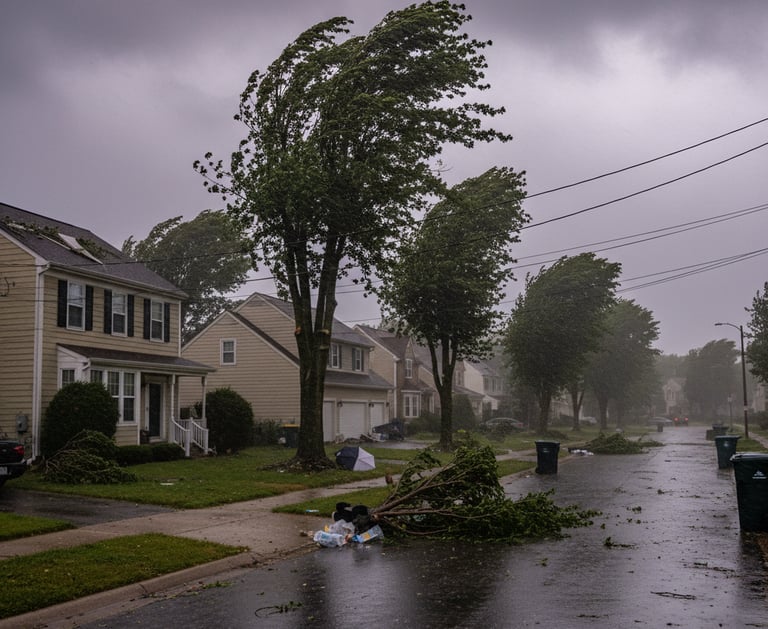Wind Mitigation Inspection
A wind mitigation inspection is a professional assessment of a home's structural features that help it resist high winds from storms like hurricanes. The inspection evaluates components such as the roof's shape and covering, roof-to-wall connections, and opening protection (like impact-resistant windows or shutters). Homeowners can use the resulting report to potentially receive insurance discounts on their homeowner's policy.
What an inspection covers
Roof system: This includes the age and type of roof covering, the roof's geometry (e.g., hip vs. gable), how the roof deck is attached, and its secondary water resistance.
Opening protection: The inspector will check for features that protect windows, doors, and other openings from wind and flying debris, such as impact-rated glass, shutters, or storm panels.
Connections: The inspector will examine the connections between the roof and the walls, which is critical for maintaining the structural integrity of the home during a storm.
Other details: The inspection also considers relevant permits and may include photos of all sides of the home.
Why it's important
Insurance discounts: The primary purpose is to document wind-resistant features, which can qualify homeowners for significant premium discounts on their insurance policies.
Risk reduction: It helps identify vulnerabilities in a home's construction, providing homeowners with recommendations to improve their home's resilience against wind damage.
Required for some: Insurance companies often require this inspection, especially in areas prone to windstorms, to accurately price policies. It may be required when buying a new policy, changing insurers, or after installing a new roof.
Key Components of a Wind Mitigation Inspection
The type of roof covers and the age of the roof.
The type of roof decking.
The lengths of the nails and their distance apart.
The method used to attach the roof to the walls of the home (roof-to-wall connections).
The shape and slope of the roof.
Any materials between the cover and decking that will absorb water
Openings on the roof of garage doors like sunroofs, windows, etc.



